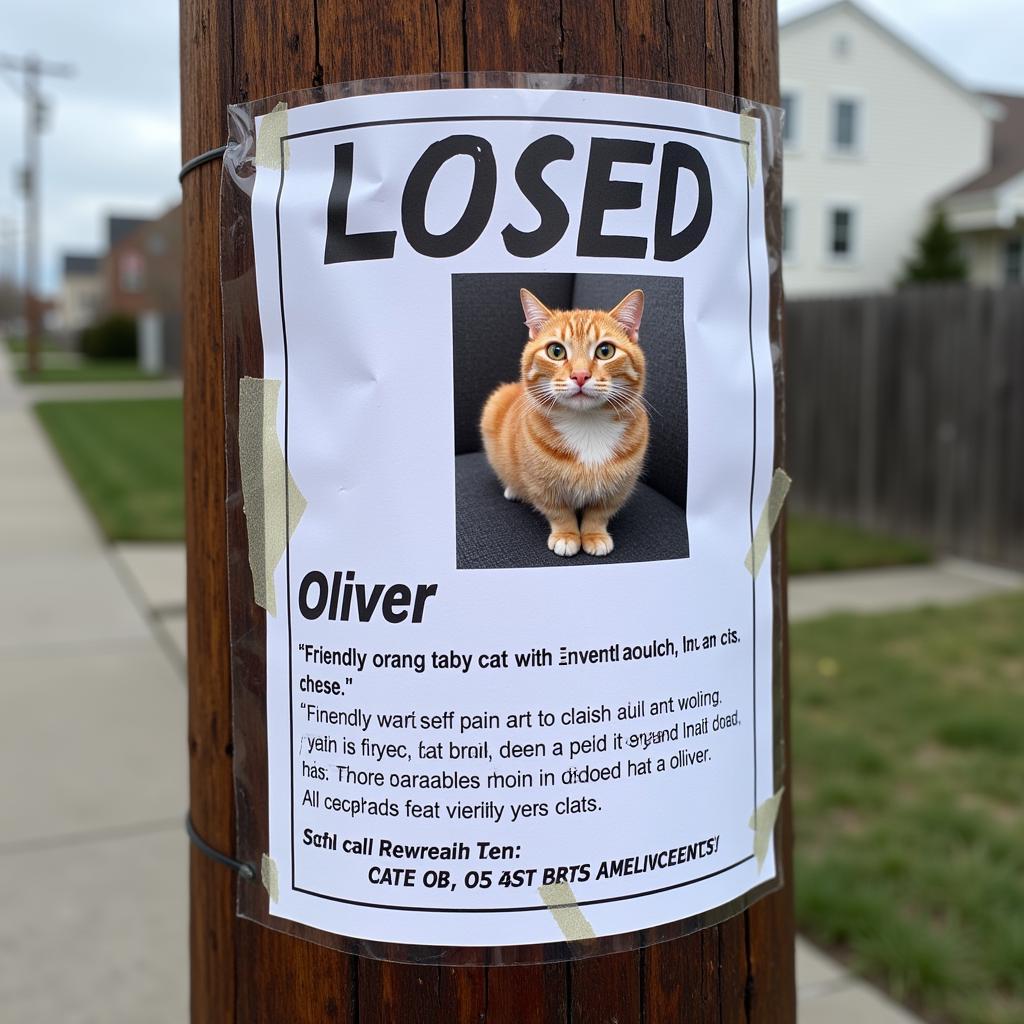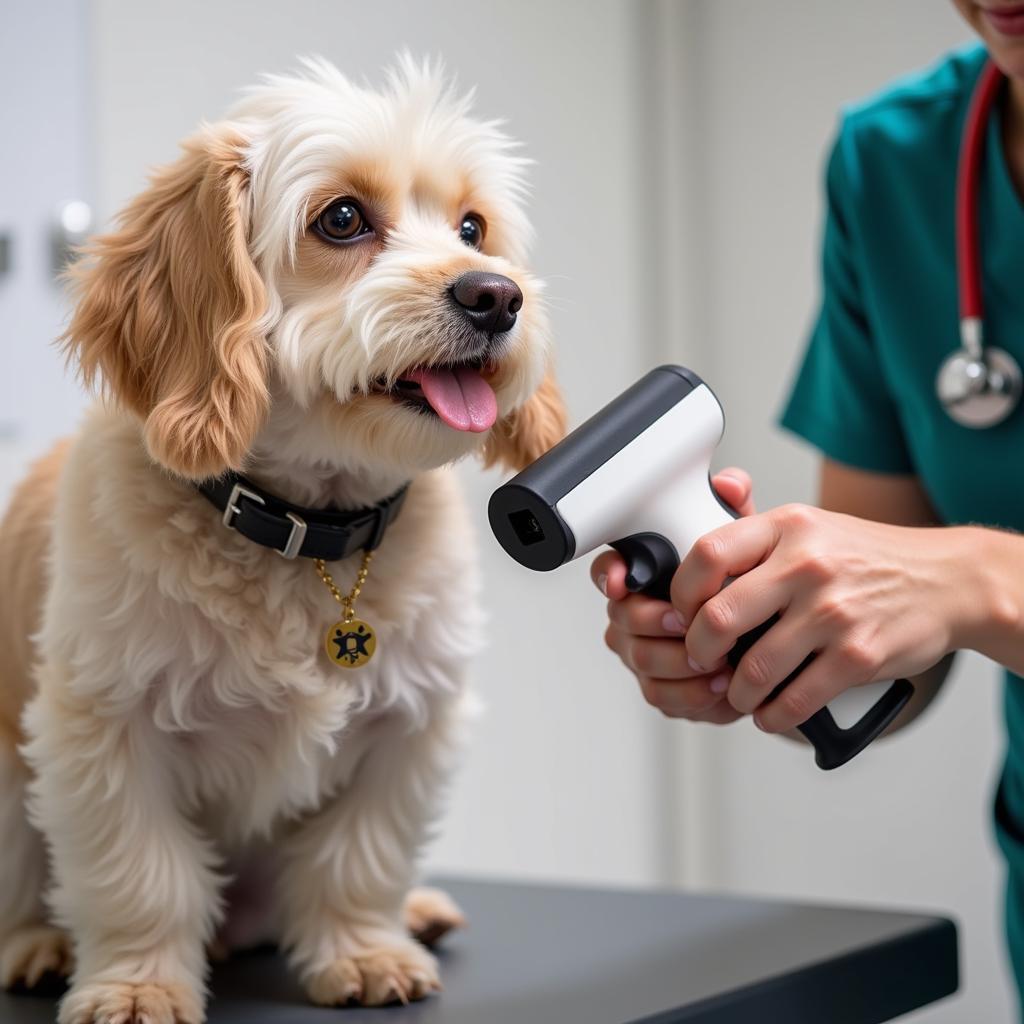Losing a pet can be a heartbreaking experience. Knowing where to turn and what steps to take can make all the difference in a Humane Society Lost And Found search. This guide provides valuable information and resources to help you navigate the process and increase your chances of reuniting with your beloved companion. We’ll explore best practices, tips, and the power of community in bringing lost pets home.
Understanding the Humane Society Lost and Found Process
Humane societies play a crucial role in reuniting lost pets with their owners. They serve as a central point of contact for reporting lost and found animals, providing shelter and care while actively working to identify and connect them with their families. Understanding how the humane society lost and found system operates can significantly increase the likelihood of a successful reunion.
The process typically begins when a good samaritan finds a lost animal and brings it to the humane society. The animal is then assessed, scanned for a microchip, and its information is recorded in their database. If the pet has a microchip, contacting the owner is often straightforward. However, if there’s no microchip, the humane society relies on other methods like matching descriptions with lost pet reports, posting photos online, and engaging their community network.
Here at the Society For Peace, we believe that compassion extends to all beings, including our beloved animal companions. Reconnecting lost pets with their families is a testament to the power of community and shared humanity. The Lexington Humane Society Lost and Found is a prime example of such a compassionate system.
What to Do When Your Pet Goes Missing
Acting quickly is essential when your pet disappears. Here’s a step-by-step guide to follow:
- Search your immediate surroundings: Check your home, yard, and any nearby areas where your pet might have wandered.
- Contact local animal shelters and humane societies: Report your pet missing to all nearby organizations, providing a detailed description, photos, and any identifying information.
- Leverage the power of social media: Post about your lost pet on local community groups, neighborhood apps, and your own social media profiles.
- Create and distribute lost pet flyers: Include a clear photo of your pet, their name, your contact information, and any distinguishing features.
- Check online lost and found databases: Many websites and apps are dedicated to connecting lost pets with their owners.
“Time is of the essence when a pet goes missing,” says Dr. Emily Carter, a renowned veterinarian and animal welfare advocate. “The sooner you begin searching and spreading the word, the greater the chances of a happy reunion.”
 Example of a Lost Pet Flyer
Example of a Lost Pet Flyer
Utilizing Online Resources for Humane Society Lost and Found Searches
The internet has revolutionized the way we search for lost pets. Numerous online resources can significantly aid in your search and connect you with a broader community. From dedicated lost pet databases to social media groups, these platforms provide a powerful toolkit for finding your furry friend.
Websites like PawBoost and Finding Rover allow you to create a lost pet profile that is shared across their network, increasing visibility and the likelihood of someone recognizing your pet. Local community Facebook groups and neighborhood apps like Nextdoor can also be invaluable tools for spreading the word and engaging local residents in the search.
The San Diego Humane Society Lost and Found website is another valuable resource offering tips and guidance for finding lost pets.
How to Prevent Your Pet from Getting Lost
Prevention is always the best approach. Implementing a few simple strategies can significantly reduce the risk of your pet going missing.
- Microchipping: This is one of the most effective ways to ensure your pet can be identified and returned to you if found.
- Secure fencing: Ensure your yard is properly fenced and that there are no escape routes.
- Collar and tags: A collar with identification tags containing your name, address, and phone number is essential.
- Supervised outdoor time: Avoid letting your pet roam freely outdoors unsupervised.
- Training: Basic obedience training can help prevent your pet from running off or getting into dangerous situations.
 Veterinarian Scanning a Dog for a Microchip
Veterinarian Scanning a Dog for a Microchip
“Microchipping your pet is a simple yet incredibly important step every pet owner should take,” states Dr. Michael Ramirez, a leading expert in animal identification and recovery. “It’s a permanent form of identification that can make all the difference in reuniting lost pets with their families.”
The Importance of Community in Humane Society Lost and Found Efforts
The success of humane society lost and found programs often relies heavily on the active participation of the community. By working together, neighbors, animal lovers, and local organizations can create a powerful network that increases the chances of reuniting lost pets with their owners. Sharing information, posting sightings, and supporting local shelters are all vital contributions.
Remember, even if you haven’t lost a pet, you can still make a difference. Sharing lost pet posts on social media, keeping an eye out for stray animals, and volunteering at your local humane society are all ways to contribute to the effort. The Nevada Humane Society Lost and Found emphasizes the power of community involvement in their successful reunification programs. The San Bernardino CA Humane Society is a fantastic example of community support. The Kershaw County Humane Society is another example of a community-focused organization.
 Community Members Searching for a Lost Dog
Community Members Searching for a Lost Dog
In conclusion, navigating the humane society lost and found process can be challenging, but by understanding the steps involved, utilizing online resources, and engaging with your community, you can significantly improve your chances of reuniting with your beloved pet. Remember that every action, no matter how small, can make a difference.
FAQ
- What should I do if I find a lost pet?
- How can I tell if a found pet is microchipped?
- What information should I include on a lost pet flyer?
- Are there any national lost pet databases?
- How can I support my local humane society’s lost and found efforts?
- What are some tips for preventing my pet from getting lost?
- How long do humane societies typically hold found pets?
For further assistance, please contact Phone Number: 02043854663, Email: societyforpeace@gmail.com Or visit our address: Khu 34, Bac Giang, 260000, Vietnam. We have a 24/7 customer service team.
 using WordPress and
using WordPress and